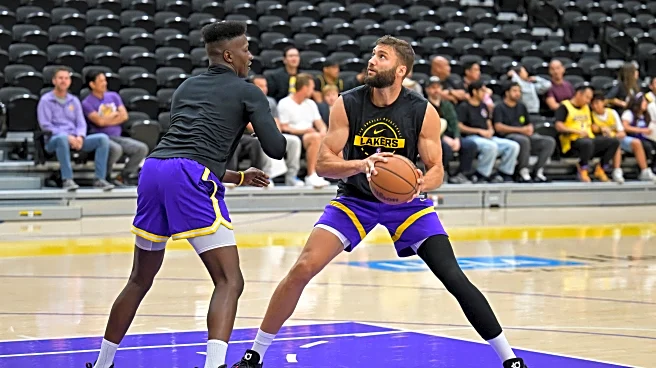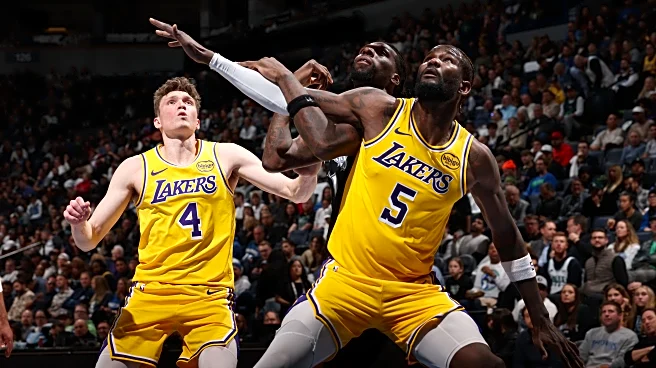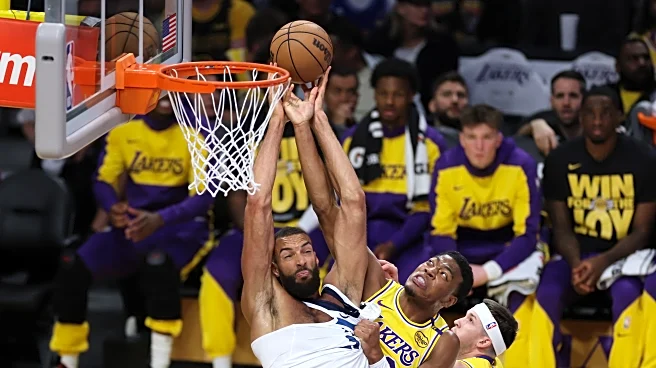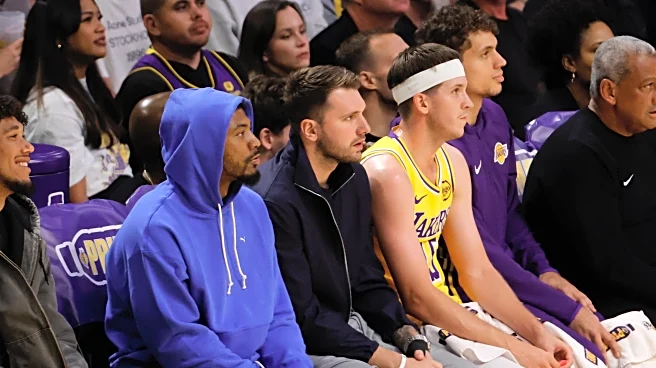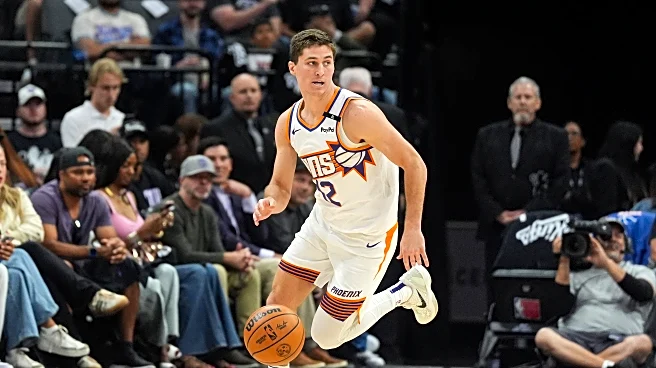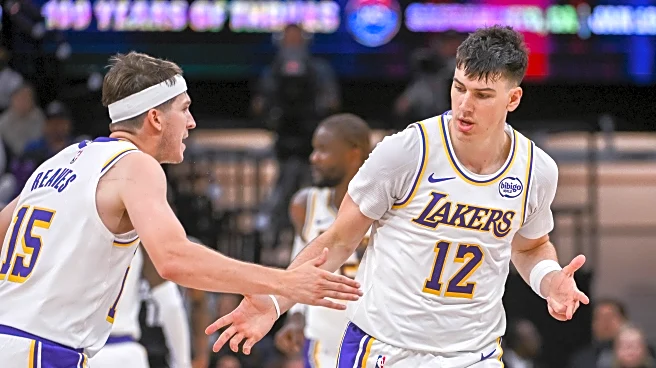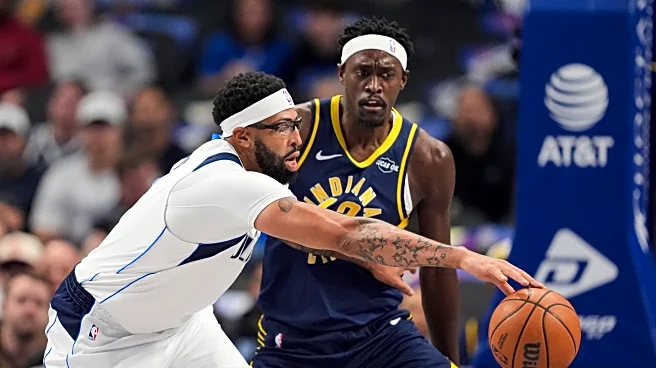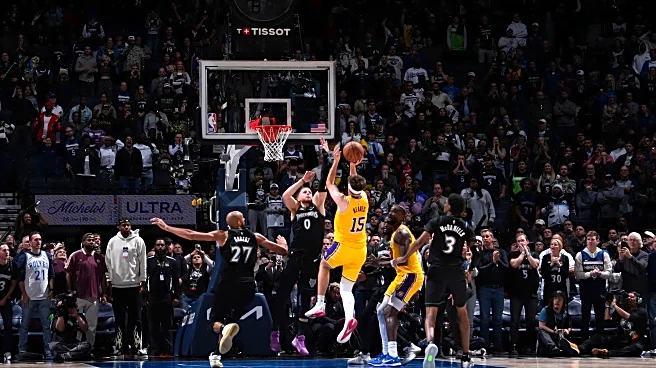Los Angeles Lakers’ big man Maxi Kleber has been sidelined for the regular season with an oblique strain and is set to be re-evaluated within the next week.
The setback is the third in a string of injuries
for the German international, who missed over three months last season with a foot fracture and then dealt with a quadriceps injury in the preseason prior to picking up this oblique strain.
Let’s take a closer look at the oblique injury and then delve into why he might be picking up successive injuries.
The oblique refers to a group of muscles on the sides of the torso from the rib cage to the hips. They’re part of the “core” that you’ve probably heard so much about and are responsible for rotation and stabilization. There are actually two different subsets of the muscle, the “external obliques” and the “internal obliques,” with the latter lying underneath the former.


These muscles are constantly loaded during basketball because it involves constant torso and hip movement, including dealing with force and contact from other players, which only adds to the burden. That demand is what can make these oblique strains tricky to deal with, but some positive news is that, based on the re-evaluation timeline of two weeks, it’s more likely that Maxi is only dealing with a mild Grade 1 strain rather than something worse.
On the negative side, it’s yet another successive injury for him, which creates more inherent risk for a couple of key reasons.
Firstly, previous injury is the greatest predictor of future injury. Secondly, when you’re constantly missing games and practices and strength/conditioning work due to injuries, it puts a big dent in fitness. That loss of fitness leads to increased risk when ramping back up, particularly after extended layoffs like he had with his foot fracture and when trying to get into game shape. It’s no coincidence, in my eyes, that he picked up two soft tissue injuries — the quadriceps and oblique — as he was getting back to near game intensity.
That cycle can become a vicious one with injury leading to fitness deficits and/or reinjury, which causes more risk and potentially more fitness deficits and injuries. It can be a frustrating situation, which both head coach JJ Reddick and Maxi have expressed, but you have to be extremely methodical with the rehab and return to play process. It can be tempting to skip steps, but that typically only leads to medium and long-term issues.
We should know more in the coming days as Maxi’s reevaluation date approaches and I’ll keep you updated if anything pertinent arises.
Dr. Rajpal Brar, DPT has a doctorate in physical therapy from Northern Arizona University, and runs his own in-person and online sports medicine and performance business, 3CB Performance, in West LA and Valencia, CA and combines his movement expertise and fitness training background to rehab & train elite athletes. He also works at a hospital — giving him experience with patients in the immediate healthcare setting and neurological patients (post stroke, post brain injury) — and has been practicing for over 5 years.
Brar is additionally training at UCLA’s mindful awareness research center (MARC), has a background in youth basketball coaching and analyzes the Lakers from a medical and skills perspective for Silver Screen and Roll and on his own YouTube Channel. You can follow him on Twitter at @3cbPerformance, on Instagram, and on his weekly Substack 3CB Quick HIITS.
